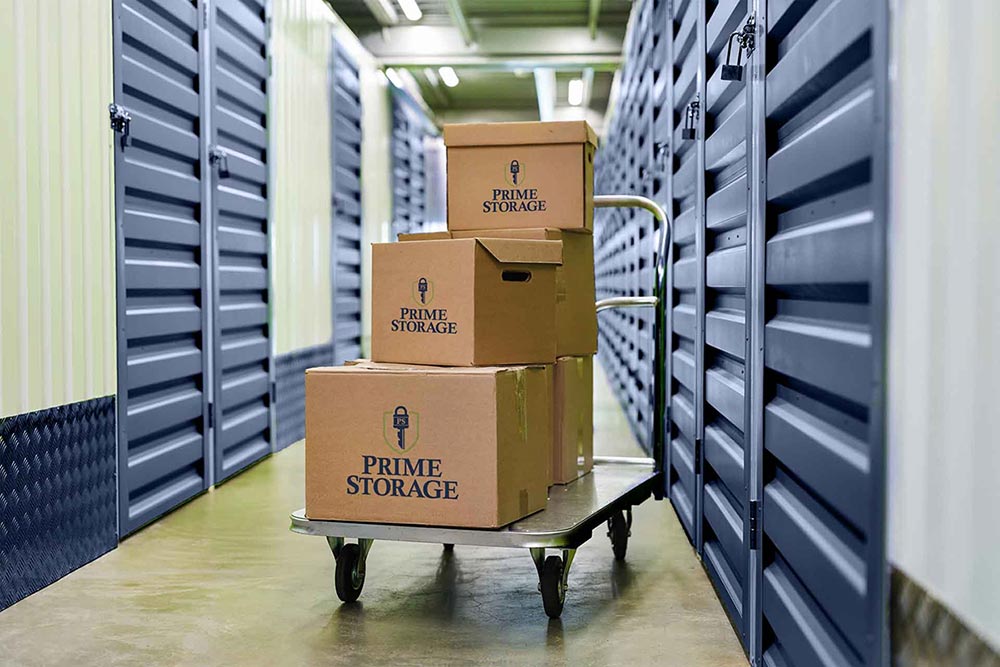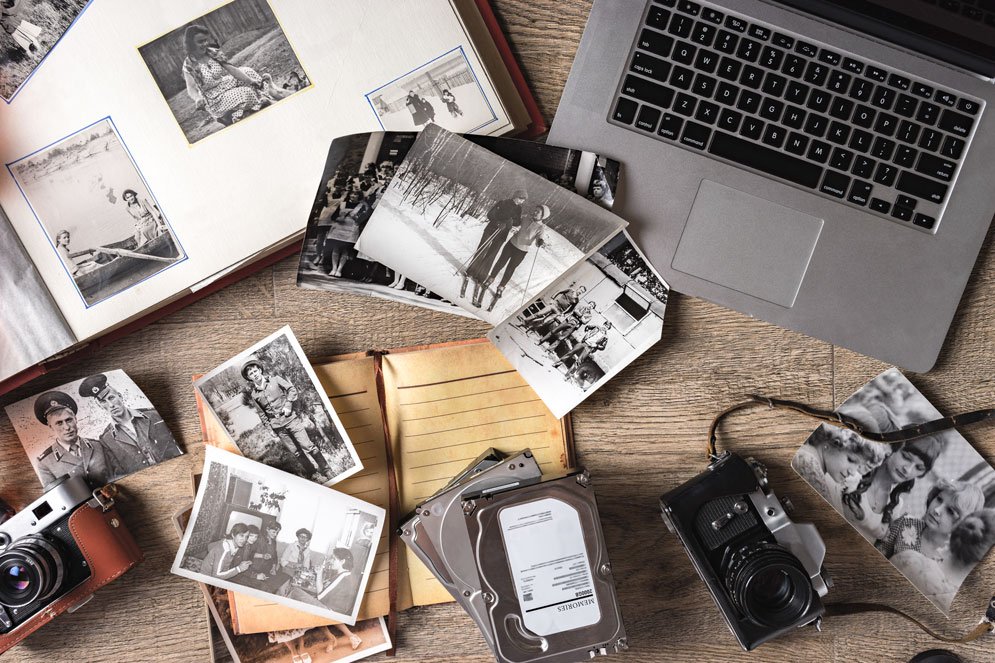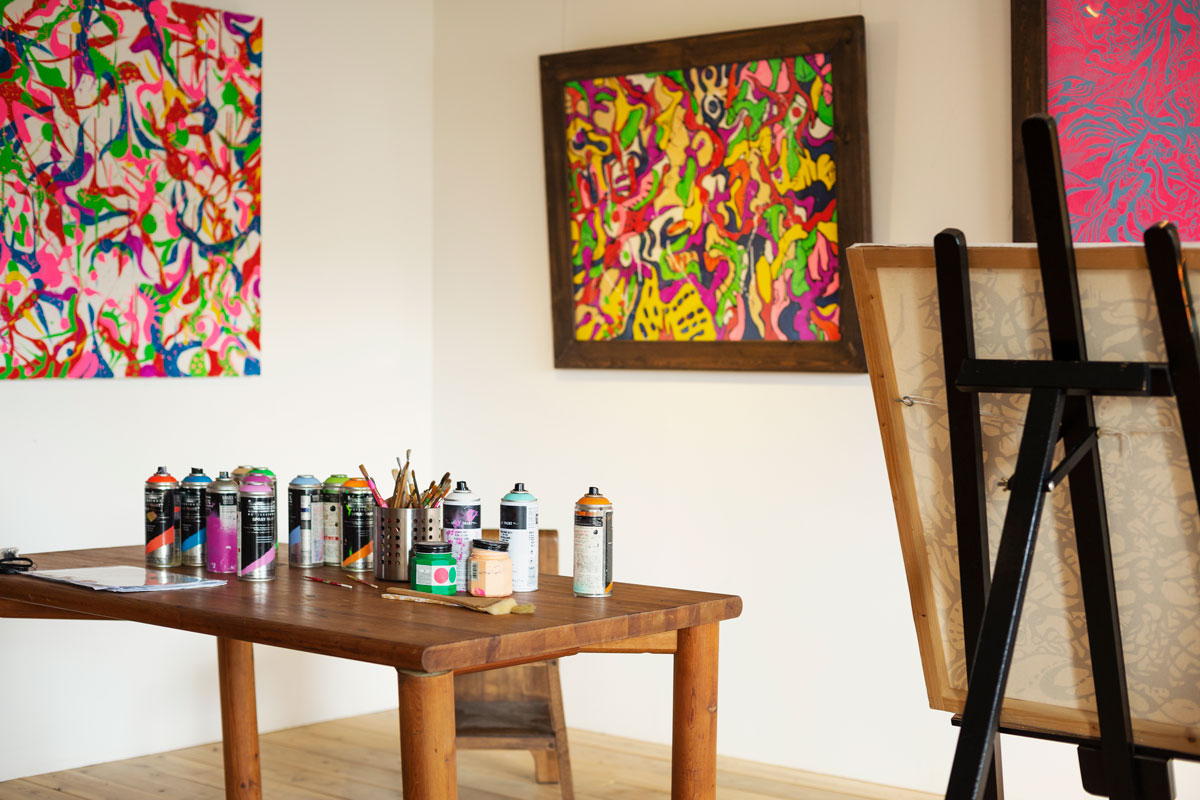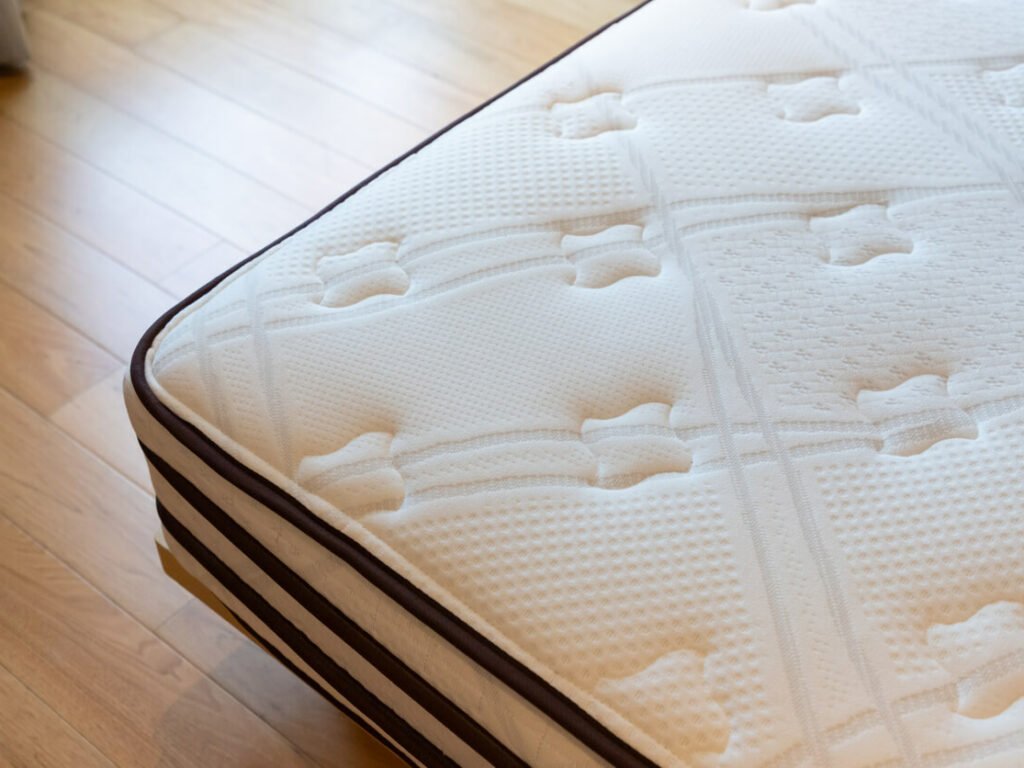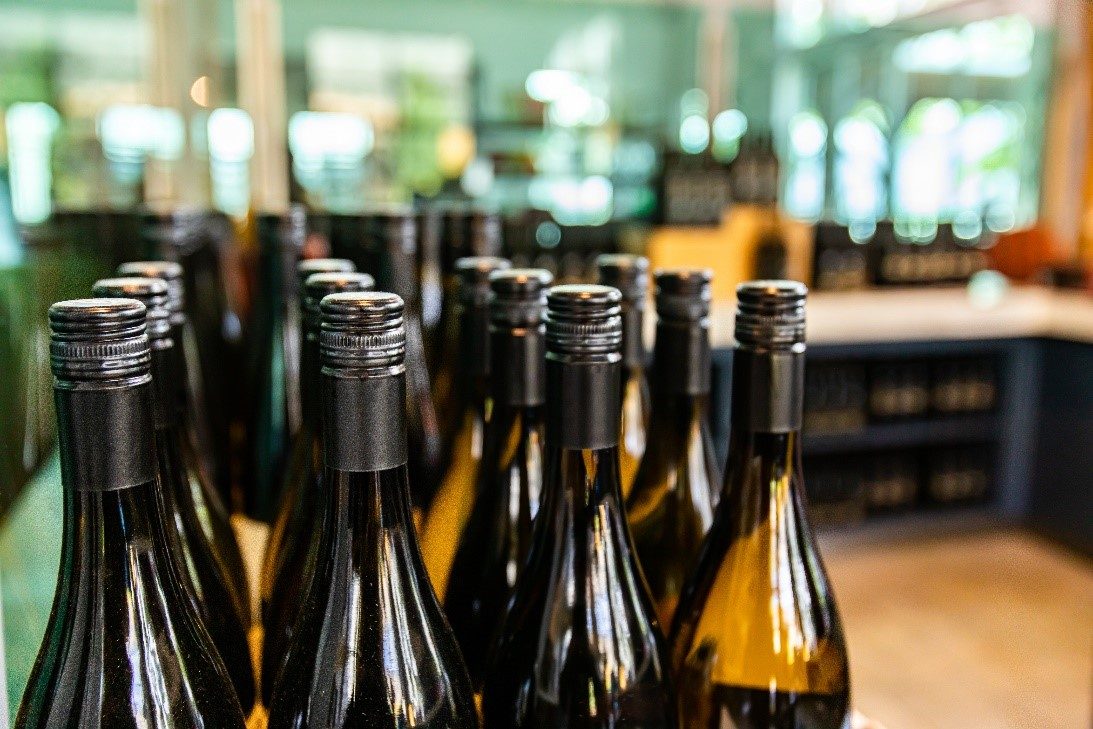Originally posted in April 2021. Updated April 2023.
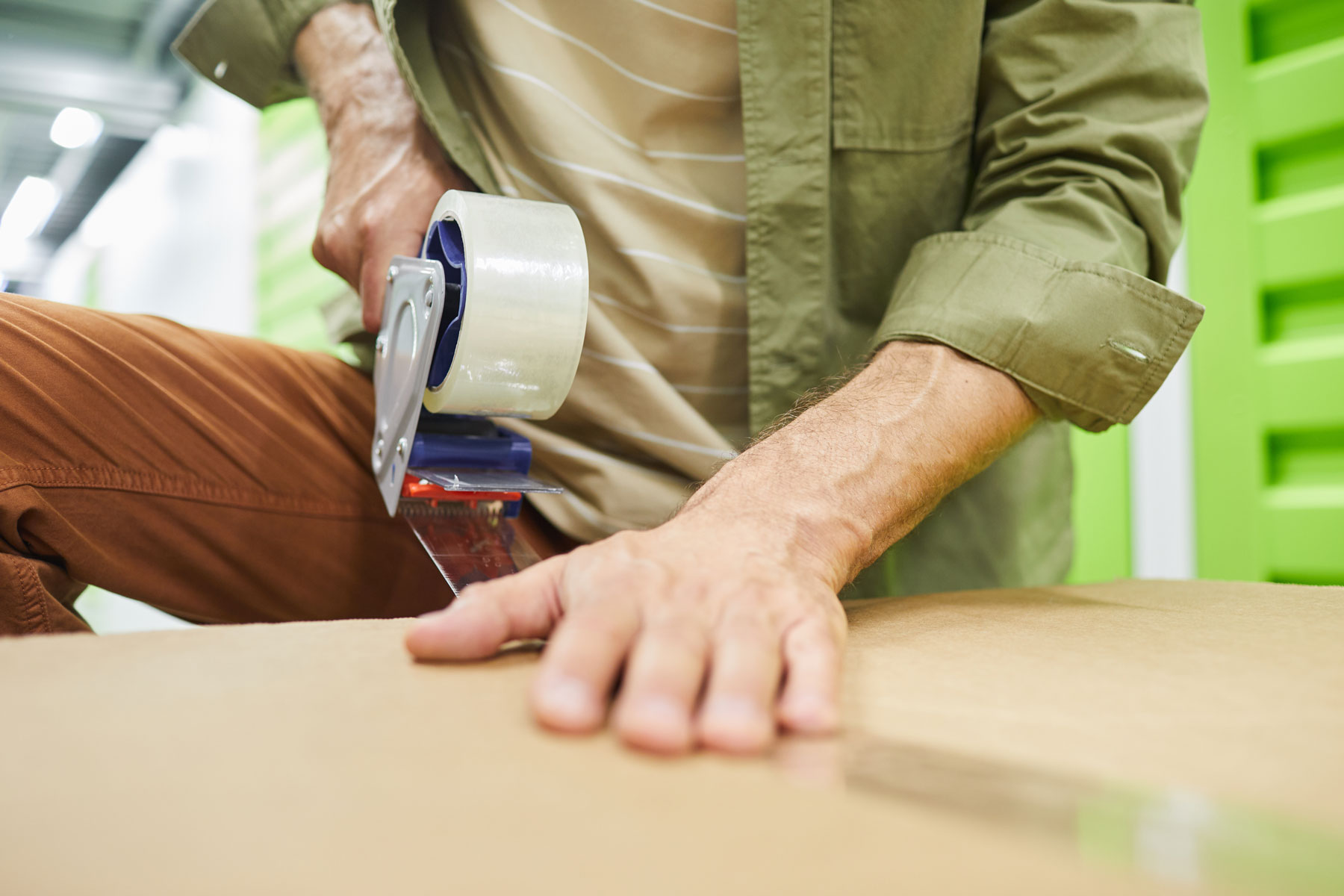
Organizing your items when you first move into your unit can be an overwhelming task. You’re probably asking yourself, “where do I start?” “How should I place my belongings in my unit?” “How much space do I need?” However, organizing and packing your storage unit doesn’t have to be complicated. You’ll be just fine if you follow these best practices! All you need to do is go in with a plan, the right boxes, and a marker! Once you have your bearings in your new unit, packing and unpacking will be a breeze.
1. Create a master list.
First and foremost, create a list of all the belongings you’re putting in storage—before even renting your unit. Seeing all your items written down in one place will allow you to conceptualize how many boxes you’ll need and, ultimately, how much space you’ll need to rent. Once you’ve created this list, use the Prime Storage space calculator to help determine the right unit size for your belongings.
2. Identify the items you may need to access while in storage.
If there are items you know you’ll need to access more frequently than others, make a note that these should be packed and placed into the storage unit last. This could be seasonal clothing, kitchenware, outdoor gear, etc. It’s easy to get in the habit of packing the items you need the most first. Do not make that mistake! You want these boxes to be conveniently in the front and at the top of your stack.
3. Form the general layout for your storage unit.
After identifying which items should be closest to the door and most accessible, create a general layout for your storage unit. Things you may need on occasion but not frequently, like holiday decorations, should go in the middle. Lastly, the items you don’t plan on needing as often should be nicely tucked away in the back.

4. Place heavy items on the bottom.
Your heaviest belongings should always go on the bottom when stacking items, so they do not crush lighter boxes or ruin anything fragile. This typically applies to bulky furniture, major appliances, carefully packaged glassware, and containers of books but is not restricted to solely these items. Also, use your best discretion when placing boxes to not stack them too high, as this can be a hazard.
5. Keep the boxes uniform.
Try to keep boxes of the same size together for most, if not all, items. Unfortunately, people tend to select different boxes depending on what is being packed. The problem with picking different-sized boxes is that storing them in your unit is difficult and less efficient. It can also make stacking them less stable. Using boxes of the same or similar size makes them much easier to stack and maximize your square footage. Many of our facilities offer moving supplies for sale on-site, so you can select the box size you need and stick with it.
6. Don’t forget to label.
An excellent rule of thumb is not to put a box into your unit unless it is labeled. Little is more frustrating than having to unpack boxes in search of something because you did not include a label. Save yourself the trouble by labeling boxes as you pack and creating a list of what is in each box. Use whatever system works for you, whether that means numbering the boxes and writing the contents under each number, keeping the boxes room specific, or writing a list on the top and the sides of each box so you can see it from any angle. While this might be a bit time-consuming, it will save you a considerable headache when you return for a specific item.
7. Leave enough aisle room.
So you’ve packed your unit and returned later to grab some stuff—probably something you don’t need often. Only, you didn’t leave any room to access everything, and now you have to pull things out of your unit to get to one box.
It’s always best when planning the layout of your storage unit to leave an aisle (or several) for yourself so you’re not left crawling over things just to get to one box at the back of your unit. The aisle doesn’t need to be wide since you don’t want to lose precious storage space. You only need enough room to walk through and grab things easily.
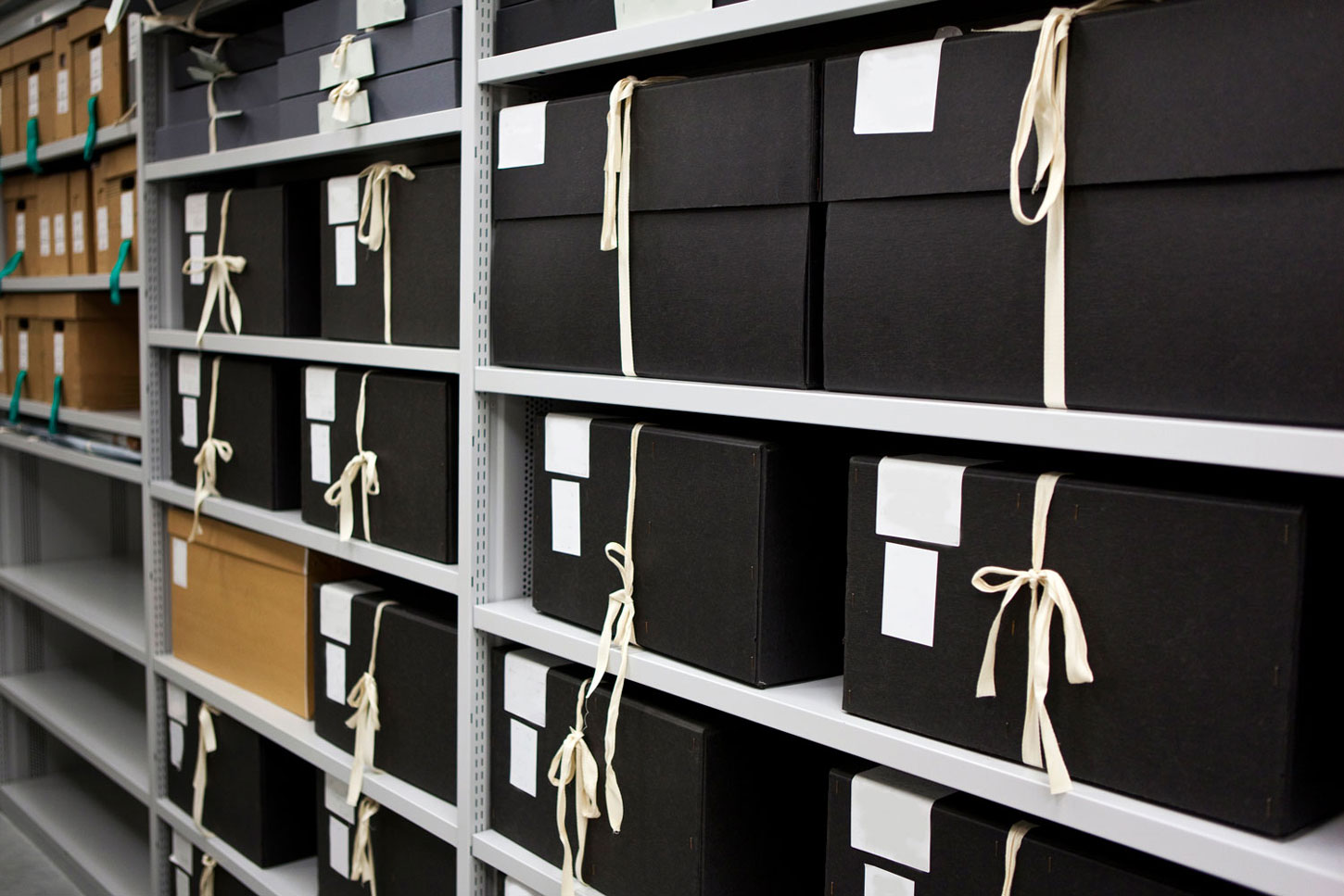
8. Insert makeshift shelving.
Adding some sort of shelving to your unit is a good idea if you have a lot of fragile items that you do not feel comfortable stacking. Affordable shelving options, like a storage rack, can be bought online or at your local packing supply or hardware store. Free-standing wire shelving is a top choice as it is durable, generally sports adjustable shelves, and is relatively cost-effective. Some models even have wheels, so you can easily move them around as needed. Just avoid any wall-mounted shelving.
9. Upgrade your unit size if needed.
We aren’t all organization experts with a system as flawless as organization guru Marie Kondo. It’s okay to make mistakes or hold onto things. Getting a bigger unit can allow room for “error” if you need to store anything unexpectedly, or it can help if that 5’x5′ is too jam-packed to access all your things easily. The opposite is also true if you select a unit that’s too big for your needs. All our locations offer a range of storage unit sizes, so it’s no problem if you need to adjust your rental.
10. Choose the right unit features for your belongings.
Alongside our various unit sizes, Prime Storage also offers a wide selection of amenities. For example, climate controlled storage units are available at many locations. Consider this option if you are storing wooden furniture, antiques, artwork, or other delicate belongings. These storage units are kept within a consistent temperature range year-round to help protect against extreme heat and cold. Select locations also offer drive-up access or indoor units without climate control. Call us or visit your local facility if you need help determining whether or not climate control is best for your belongings.
These tips will help keep your belongings organized for a smooth transition into and out of storage as needed. We’ve got space for any situation, from a home remodel to excess business storage and more. Have more questions? Our team has answers! Visit our website or reach out to the Prime Storage location nearest to you to see unit options and availability. Happy storing!
